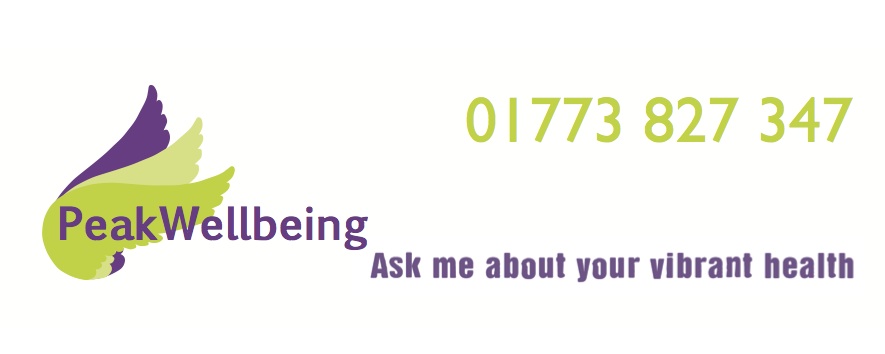Weight loss myth number 1
You’ve all heard it – to lose weight you need to burn more calories than you take in. Sounds like simple maths to me. But have you ever actually worked out what that means in real terms?
An average woman may eat 2000 calories (give or take) per day and weigh 10 stone. If she were to run a mile in 10 minutes, she’d burn 106 calories (nearly 2 Oreo cookies’ worth). At that rate, she’d have to run 20 miles per day to burn just 120 calories more than her daily intake (2120 calories in total). That’s 3 hours and 20 minutes of running. Who’s up for a marathon today then?!!!
So if that’s the case, what’s the point in exercising at all? It does help you lose weight, just not in the way you may have thought. As you exercise, your metabolism is increased (by improving your insulin sensitivity in your liver & skeletal muscles), and it’s this that helps you burn more energy, more efficiently. An increase in insulin sensitivity also reduces the rate of diabetes, along with high blood pressure, heart disease and bone loss.
The best reason though, I think, for exercising is because it makes you feel good. Those wonderful happy hormones, endorphins, are stimulated when you exercise, leading to a feeling of exhilaration and wellbeing.
It’s also a great stress buster. I remember as a child watching people playing squash, and wondering why they hit the ball so hard and made such a noise! Now I realise they were probably imagining the ball was their boss’ head… Ever wondered why people pace the room or tap their fingers when they’re tense? Movement helps to relieve the primitive ‘freeze’ response to stress, and not forgetting those happy hormones giving you an extra anti-stress boost.
Even a professional marathon runner wouldn’t run 20 miles every day, and look how skinny they are! So how does it become achievable and sustainable in everyday life? The current NHS “Recommended activity levels:

You’ve all heard it – to lose weight you need to burn more calories than you take in. Sounds like simple maths to me. But have you ever actually worked out what that means in real terms?
An average woman may eat 2000 calories (give or take) per day and weigh 10 stone. If she were to run a mile in 10 minutes, she’d burn 106 calories (nearly 2 Oreo cookies’ worth). At that rate, she’d have to run 20 miles per day to burn just 120 calories more than her daily intake (2120 calories in total). That’s 3 hours and 20 minutes of running. Who’s up for a marathon today then?!!!
So if that’s the case, what’s the point in exercising at all? It does help you lose weight, just not in the way you may have thought. As you exercise, your metabolism is increased (by improving your insulin sensitivity in your liver & skeletal muscles), and it’s this that helps you burn more energy, more efficiently. An increase in insulin sensitivity also reduces the rate of diabetes, along with high blood pressure, heart disease and bone loss.
The best reason though, I think, for exercising is because it makes you feel good. Those wonderful happy hormones, endorphins, are stimulated when you exercise, leading to a feeling of exhilaration and wellbeing.
It’s also a great stress buster. I remember as a child watching people playing squash, and wondering why they hit the ball so hard and made such a noise! Now I realise they were probably imagining the ball was their boss’ head… Ever wondered why people pace the room or tap their fingers when they’re tense? Movement helps to relieve the primitive ‘freeze’ response to stress, and not forgetting those happy hormones giving you an extra anti-stress boost.
Even a professional marathon runner wouldn’t run 20 miles every day, and look how skinny they are! So how does it become achievable and sustainable in everyday life? The current NHS “Recommended activity levels:
- Adults: 30 minutes of moderate-intensity physical activity at least five days a week.
- Children: 60 minutes of moderate-intensity physical activity each day.
- Targets can be achieved with 10-minute bursts of activity spread throughout the day.”
